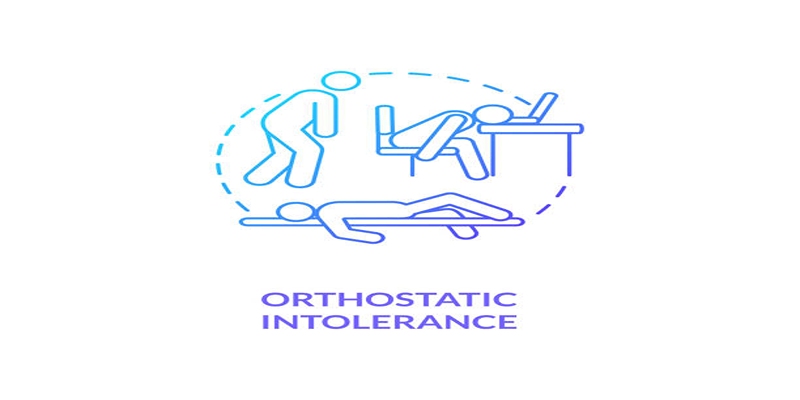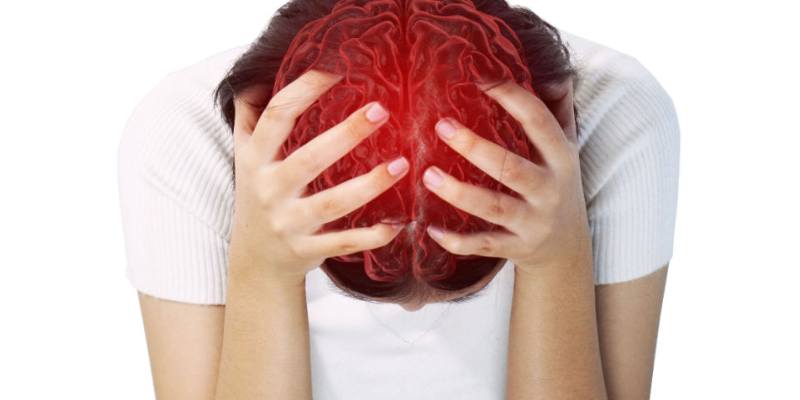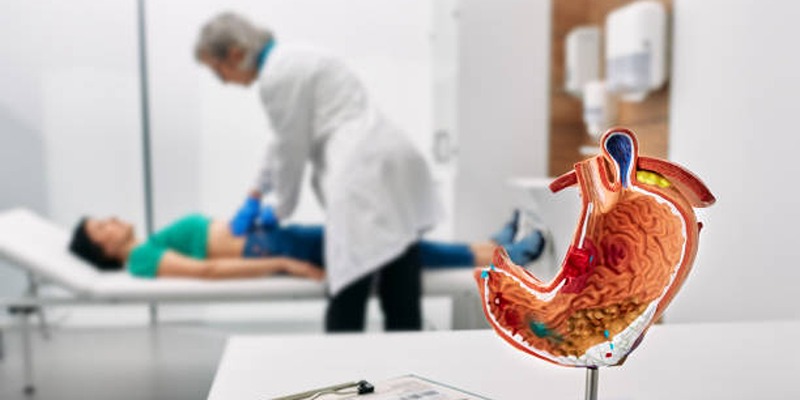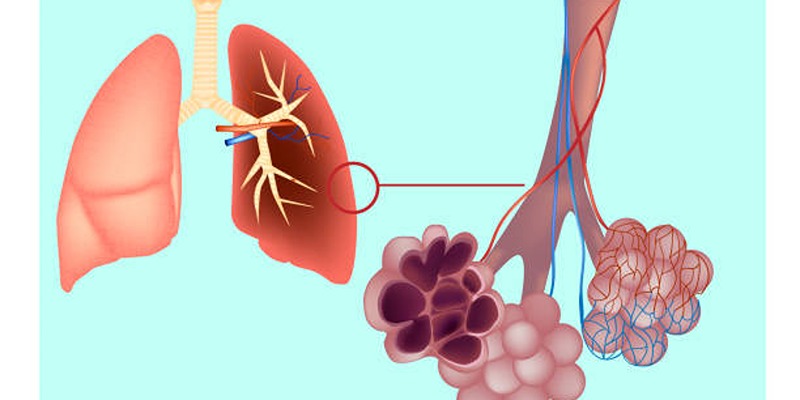How to Treat Dystonia: A Comprehensive Guide
Dystonia is a type of neurological disorder, associated with sustaining rapid and involuntary movements, twisting, and posturing. It can occur at the neck, eyelids, vocal cords, or limbs, and may be mild to severe interfering greatly with daily activities. Each type is further subdivided into focal dystonia which affects a single body area and generalized dystonia or dystonia which affects several distinct areas. It is crucial to realize what dystonia is to identify a more suitable course of action.
Symptoms and Causes of Dystonia:
 The signs of dystonia can be diverse as well as the intensity depending on the type of dystonia. Thus, typical signs are muscle cramps, pain or stiffness, undesirable posturing, and directions in the execution of daily tasks. For example, a patient diagnosed with cervical dystonia may have a subjective twisting of the neck while those with writer’s cramps may struggle to grip a pen.
The signs of dystonia can be diverse as well as the intensity depending on the type of dystonia. Thus, typical signs are muscle cramps, pain or stiffness, undesirable posturing, and directions in the execution of daily tasks. For example, a patient diagnosed with cervical dystonia may have a subjective twisting of the neck while those with writer’s cramps may struggle to grip a pen.
Dystonia may be due to genetic disorders, head injuries, infections, or usage of some medicines. It may also be observed as an associating feature of other neurological diseases, like Parkinson’s disease. Unfortunately, in many cases, the cause as to why these effects occur is not fully known yet. Recognition of possible causes is part of the condition management process which if done correctly will lead to the improvement of the patient’s health condition.
Treatments for Dystonia
There is currently no cure for dystonia, but numerous treatments are available to help manage symptoms and improve quality of life. The most common treatment options include:
1. Medical Treatments
Although there is currently no cure for dystonia, there are several medical treatments available to manage and improve symptoms. These include:
Medications
Medications are often the first treatment for dystonia, targeting the muscle spasms and abnormal movements. The type and dosage depend on the symptoms’ severity, location, and the patient’s health. Commonly prescribed drugs include:
- Anticholinergic Medications: Drugs like trihexyphenidyl and benztropine block the neurotransmitter acetylcholine, reducing excessive muscle signals to ease spasms and abnormal postures. Side effects like dry mouth, blurred vision, or memory issues may occur, so regular doctor monitoring is key.
- Muscle Relaxants: Medications such as diazepam, baclofen, or clonazepam help reduce muscle tightness and rigidity, especially in generalized dystonia. However, they may cause drowsiness or dependency if misused.
- Botulinum Toxin Injections (Botox): For focal dystonia, Botox injections effectively weaken overactive muscles by blocking nerve signals, offering relief for up to three months. They’re commonly used for conditions like cervical dystonia, blepharospasm (eye spasms), and laryngeal dystonia (voice box spasms). Treatment involves repeated injections based on the patient’s response.
Deep Brain Stimulation (DBS)
Deep brain stimulation is a surgical option for severe or medication-resistant dystonia. It involves implanting electrodes in specific brain regions, like the globus pallidus or subthalamic nucleus, connected to a device in the chest that sends electrical impulses to regulate brain activity.
DBS has been highly effective in reducing symptoms like muscle contractions and tremors. While not a cure, it greatly improves the quality of life for many. However, there are risks, such as infection or device issues, so it’s usually considered after other treatments fail.
2. Physical and Occupational Therapy
Physical and occupational therapy are essential components of dystonia treatment plans. These therapies help improve muscle control, coordination, and range of motion, as well as reduce pain and stiffness. They may also teach patients how to perform daily tasks more comfortably with the condition.
Physical Therapy
Physical therapists use exercises, stretches, massage, and other techniques to help manage dystonia symptoms. These might include:
- Gentle stretching: Stretching exercises can help reduce stiffness and improve range of motion in affected muscles.
- Posture training: Proper posture can minimize pain and abnormal movements caused by dystonia.
- Relaxation techniques: Techniques like deep breathing or meditation can reduce stress levels, which may trigger dystonic movements.
Occupational Therapy
Occupational therapists assess patients' daily activities and work with them to develop strategies for completing tasks more efficiently and comfortably. These might include:
- Assistive devices: Tools like wrist braces, splints, or special writing aids can help make tasks easier for people with hand dystonia.
- Home modifications: Making changes to the home environment, such as adding grab bars or removing trip hazards, can improve safety and ease of movement.
- Work accommodations: Occupational therapists can help identify ways to modify the workplace to accommodate someone with dystonia, such as using voice-to-text software instead of typing.
3. Lifestyle Adjustments
Aside from medical and therapy treatments, making lifestyle changes can also help manage dystonia symptoms. These include:
- Stress Management: Stress can exacerbate dystonia symptoms, so it’s essential to find ways to reduce stress levels. This can include activities like yoga, meditation, or deep breathing exercises.
- Exercise: Regular physical activity improves overall health and can also help with muscle control and coordination. Consult with a doctor or physical therapist for appropriate exercise recommendations.
- Dietary Changes: Some people find that certain foods trigger dystonia symptoms, so keeping a food diary and avoiding potential triggers may be beneficial.
- Avoiding Fatigue: Prolonged periods of physical or mental strain can worsen dystonia symptoms. Managing energy levels through rest and breaks is crucial in minimizing fatigue.
Alternative Therapies and Support
Aside from medical treatments and lifestyle adjustments, some individuals with dystonia may find relief from alternative therapies. These include:
Massage Therapy
Massage therapy is a natural way to relieve muscle tension and improve circulation. A skilled massage therapist can focus on areas affected by dystonia, reducing pain and improving range of motion. Techniques such as deep tissue massage or myofascial release are particularly effective for targeting tight, overactive muscles.
Acupuncture
Acupuncture is a traditional Chinese medicine technique that involves inserting thin needles into specific points on the body. Some individuals with dystonia report a reduction in muscle spasms and improved relaxation following acupuncture sessions. While more research is needed, it can be a complementary approach to conventional treatments.
Biofeedback
Biofeedback uses sensors to monitor physiological functions such as muscle tension, heart rate, and breathing. Through real-time feedback, patients learn to control these functions, helping them manage involuntary movements. This technique empowers individuals to take an active role in managing their symptoms.
Managing Life with Dystonia
Living with dystonia can present unique challenges, but adopting effective strategies can significantly improve quality of life.
1. Emotional Support
Living with dystonia can be emotionally challenging, especially when it interferes with daily activities or social interactions. Joining support groups or seeking therapy can provide valuable emotional support. Sharing experiences with others who understand your journey can foster a sense of community and reduce feelings of isolation.
2. Building a Support Network
A strong support network is essential for managing dystonia. Family members, friends, and caregivers can provide emotional encouragement and practical assistance. Open communication about the condition and its impact can help your loved ones understand your needs and challenges.
3. Workplace and Daily Adaptations
Adapting your work environment and daily routines can help you maintain productivity and independence. Employers may provide accommodations, such as flexible schedules or ergonomic tools, to support employees with dystonia. Simple adjustments, like using voice-to-text software or adaptive utensils, can make everyday tasks more manageable.
When to Seek Professional Help
 If you or a loved one experiences persistent muscle spasms, abnormal postures, or difficulties with daily activities, consult a healthcare professional. Early diagnosis and intervention are crucial for managing dystonia effectively. Regular check-ups allow your doctor to monitor your progress and make necessary adjustments to your treatment plan.
If you or a loved one experiences persistent muscle spasms, abnormal postures, or difficulties with daily activities, consult a healthcare professional. Early diagnosis and intervention are crucial for managing dystonia effectively. Regular check-ups allow your doctor to monitor your progress and make necessary adjustments to your treatment plan.
Conclusion
Treating dystonia requires a holistic approach that combines medical care, therapies, and lifestyle changes. While the condition can be challenging, effective treatments and support systems are available to help individuals lead fulfilling lives. By working with healthcare professionals and implementing personalized strategies, those with dystonia can manage their symptoms, improve their quality of life, and regain a sense of independence.












